Understanding Bitcoin Mining in Financial Terms
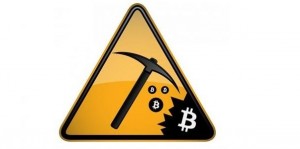 Bitcoin mining is one of the “cool” things that every cryptocurrency newcomer hears about and immediately wants to get involved in. Sadly, the economic situation with regard to a small investment in Bitcoin mining is such that, for the vast majority of people, mining hardware is a very poor investment.
Bitcoin mining is one of the “cool” things that every cryptocurrency newcomer hears about and immediately wants to get involved in. Sadly, the economic situation with regard to a small investment in Bitcoin mining is such that, for the vast majority of people, mining hardware is a very poor investment.
Unless you:
– Get free electricity
or
– Get a high-quality ASIC that is just recently released or pre-order one that both ships on time and is as good as the manufacturer’s claim
You’re almost guaranteed to make less money than you would have by just buying Bitcoins. And if your alternative would be buying them and then loaning them out on a service like Bitfinex (current rates of ~5% APY after accounting for the BFX fee), you’re probably losing out by even more. Why is this?
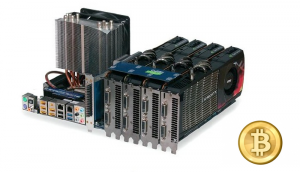 It’s basically an inversion of the network effect, combined with the human propensity for get-rich-quick plans. Bitcoin mining sounds awesome – just buy and set up this computer, pay its electricity, and voila – it makes money for you. In fact, it sounds so awesome that a lot of people want to do it. And therein lies the problem: mining is a zero-sum game. No matter how many people participate, there are still just 25 BTC per block, and roughly 144 blocks per day. But each additional participant in the mining game adds to the number of shares doled out – reducing everyone else’s returns. So as Bitcoin grows, mining becomes worse value. As such, there’s a cycle that recurs:
It’s basically an inversion of the network effect, combined with the human propensity for get-rich-quick plans. Bitcoin mining sounds awesome – just buy and set up this computer, pay its electricity, and voila – it makes money for you. In fact, it sounds so awesome that a lot of people want to do it. And therein lies the problem: mining is a zero-sum game. No matter how many people participate, there are still just 25 BTC per block, and roughly 144 blocks per day. But each additional participant in the mining game adds to the number of shares doled out – reducing everyone else’s returns. So as Bitcoin grows, mining becomes worse value. As such, there’s a cycle that recurs:
1. Bitcoin explodes in popularity.
2. Newcomers buy mining hardware.
3. Newcomers bring their hardware online, and everything goes terribly.
4. Some of those newcomers invested more than they should have, and are forced to continuously sell the meager Bitcoins they mine successfully in order to hold on.
5. Bitcoin price suppressed.
It’s unfortunate, but that is how it goes.
Let’s get a little further into the economics of mining, though. It’s a transactional exchange between the Bitcoin network and the miners. Here’s the exchange:
Miners provide hardware, electricity, maintenance, internet connectivity, and processing power. Miners receive Bitcoins, both through transaction fees (paid by the user on a per-use basis, kind of like paying $2.50 to hop on the subway) and through mining rewards (like a tax to subsidize the subway system, it is paid equally by every Bitcoin user, through inflation of the currency).
The Bitcoin network provides acceptance of inflation to subsidize miners, and Bitcoin users provide transaction fees to pay for individual transactions.
So that’s what miners provide and receive, and what the network provides. But what does the network receive?
Magic.
The network receives a transparent, open, decentralized, cryptographically verified log of all network activity.
It’s as close to magic as anything I’ve ever seen. Really, it is.
So what is the total cost of that log? At the moment, it’s:
(25 BTC per block * 144 blocks per day * $500 (for ease of math, the per-BTC price))
+
Average daily transaction fees (according to Blockchain.info, roughly 10-15 BTC per day; see here)
Or, in other words, a little more than $1.8M USD per day. Pretend it remained that way for a whole year; 365 * 1.8M = ~$660M USD to run this system for a year. How does that compare to most other financial systems?
Favorably would be an understatement of dramatic proportions.
Visa had total revenues of a little less than $12BN last fiscal year. Their net income before tax was ~$7.25BN. So it cost their company $4.75BN to run the whole thing.
Mastercard revenue: $8.3BN. Pre-tax income: $4.5BN. $3.8BN of costs.
Bitcoin is scalable to dramatic proportions – it can easily far overtake these legacy payment systems, and then go much, much farther than that. And the most amazing thing? Bitcoin’s costs that are paid by the network, the mining reward, will go down over time (relative to its market capitalization) as the mining rewards continue to halve. The transactional costs paid will go up over time – more paid by users on a per-use basis, less paid by the network as an inflation-based tax. Satoshi’s brilliance was to set this equilibrium up: as the network grows, inflation decreases, transactions increase.
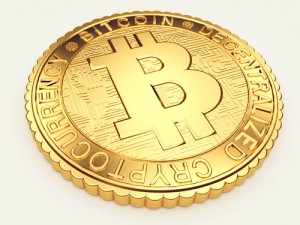 The best part? At the end of the day, consumers (Bitcoin users) will end up paying less to use the financial system. But beyond that, the financial system itself is better. The decentralized and transparent nature of the blockchain is an improvement the importance of which is impossible to overstate. The myriad of additional technologies it allows for, at no additional cost to consumers, that is the best part.
The best part? At the end of the day, consumers (Bitcoin users) will end up paying less to use the financial system. But beyond that, the financial system itself is better. The decentralized and transparent nature of the blockchain is an improvement the importance of which is impossible to overstate. The myriad of additional technologies it allows for, at no additional cost to consumers, that is the best part.
Bitcoin is sufficiently advanced technology. Bitcoin is magic.

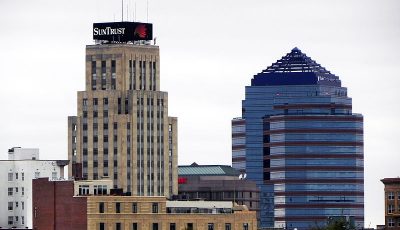

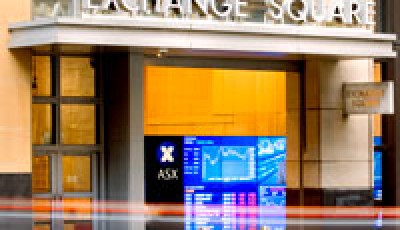
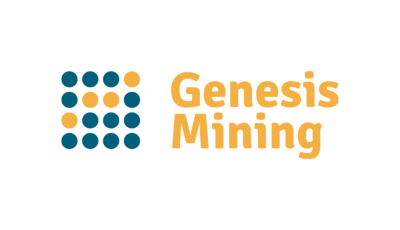








1 CPU 1 VOTE
Let us have a gentlemens agreement to suspend the GPU arms race…
Oh gosh i sound like an idiot…. only one of the satoshi’s would say such things… Clearly ASIC mining is a good thing to the network…. stupid satoshi’s
P.S. Just because the protocol is potentially decentralized doesnt mean the implementation is. If we could go back and edit the whitepaper im sure we would.